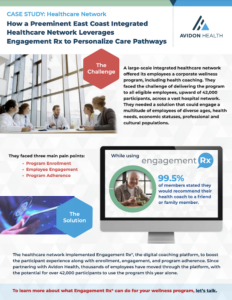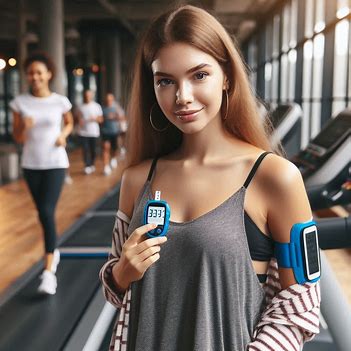In a remarkable acknowledgment of entrepreneurial spirit and innovation, Avidon Health is proud to announce that our co-founder and Chief Revenue Officer, Tim Aumueller, has been inducted into the prestigious Entrepreneur’s Hall of Fame at the Stillman School of Business, Seton Hall University. This honor is bestowed upon leaders who have made significant impacts in their fields and exemplify the spirit of enterprise.
Induction Event Highlights
The Entrepreneur Hall of Fame Induction Reception, scheduled for Wednesday, April 10, 2024, from 6 to 9 p.m. EDT at Bethany Hall on Seton Hall’s campus, promises to be a night of celebration and inspiration. The event, aptly titled “Capture the Entrepreneurial Spirit,” will feature keynote speeches from past honorees, networking opportunities with other entrepreneurs, and a showcase of innovative projects by current students. Attendees will have the chance to engage with pioneers across various industries and learn from their journeys.
Tim’s Entrepreneurial Journey
Tim’s induction into the Hall of Fame comes after over a decade of trailblazing in the health technology sector. Under his leadership, Avidon Health has transformed the approach to digital health coaching, emphasizing cognitive behavioral therapy and personalized care plans. His vision has directly contributed to the platform’s success, impacting over a million users to date.
“I am incredibly honored to be recognized by the Stillman School of Business and to be inducted into the Entrepreneur’s Hall of Fame,” said Tim. “This honor reflects not just my personal journey but also the collective spirit and relentless pursuit of innovation at Avidon Health. I am grateful for the support of my team and our community, whose unwavering dedication to transforming lives continues to inspire my work every day.”
Avidon Health’s Role in Innovation
Avidon Health, under Tim’s co-leadership, has consistently pushed the boundaries of what is possible in the realm of digital health. The company’s proprietary platform, Engagement Rx®, leverages advanced analytics and tailored interventions to engage users in meaningful behavior change. This innovative approach has not only seen high user satisfaction rates but also significant improvements in health outcomes, demonstrating the potential of technology in personal health management.
Looking Forward
As we celebrate this remarkable milestone, it is also a moment to look forward to the future. The recognition of Tim by Seton Hall’s Entrepreneur’s Hall of Fame underscores our commitment to continuous innovation and excellence. It serves as a reminder of the impact thoughtful leadership and a clear vision can have on society and the health sector.
















 AI-powered wearable devices and sensors can continuously monitor patients’ health metrics such as heart rate, blood pressure, and sleep patterns, and alert healthcare providers if any abnormalities are detected. This can enable more proactive and personalized care, especially for patients who live in remote areas or have limited access to healthcare.
AI-powered wearable devices and sensors can continuously monitor patients’ health metrics such as heart rate, blood pressure, and sleep patterns, and alert healthcare providers if any abnormalities are detected. This can enable more proactive and personalized care, especially for patients who live in remote areas or have limited access to healthcare.
